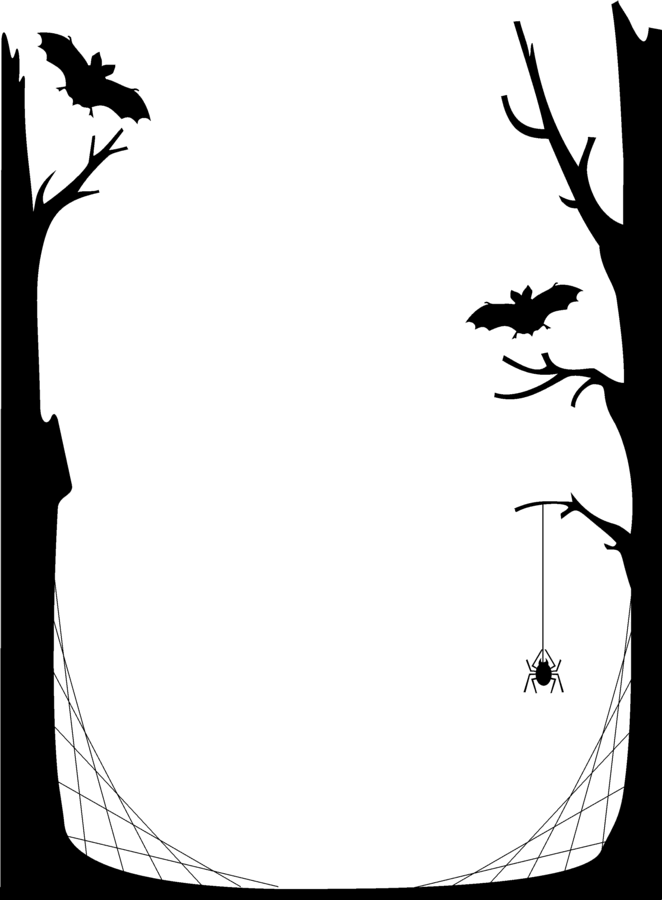Borders backgrounds
Borders define geographic boundaries of political entities or legal jurisdictions, such as governments, states or subnational administrative divisions. They may foster the setting up of buffer zones. Some borders are fully or partially controlled, and may be crossed legally only at designated crossing points.
There has been a renaissance in the study of borders during the past two decades, partially resulting from the creation of a counter narrative to notions of a borderless world which have been advanced as part of globalization theory. This is reflected in a large number of international workshops and conferences, the BRIT (Border Regions in Transition) network of scholars IBRU (the International Boundaries Research Unit) at the University of Durham, UK, the Association of Borderland Scholars (ABS) in the USA[3], and the founding of smaller border research centres at Nijmegen (Holland), Queens University (Belfast), to name but a few. The Journal of Borderland Studies deals exclusively with border related material, while other international journals such as, Geopolitics, and Political Geography, publish material dealing with the changing significances and functions of borders in the contemporary world.
Borders define geographic boundaries of political entities or legal jurisdictions, such as governments, states or subnational administrative divisions. They may foster the setting up of buffer zones. Some borders are fully or partially controlled, and may be crossed legally only at designated crossing points.
There has been a renaissance in the study of borders during the past two decades, partially resulting from the creation of a counter narrative to notions of a borderless world which have been advanced as part of globalization theory. This is reflected in a large number of international workshops and conferences, the BRIT (Border Regions in Transition) network of scholars IBRU (the International Boundaries Research Unit) at the University of Durham, UK, the Association of Borderland Scholars (ABS) in the USA[3], and the founding of smaller border research centres at Nijmegen (Holland), Queens University (Belfast), to name but a few. The Journal of Borderland Studies deals exclusively with border related material, while other international journals such as, Geopolitics, and Political Geography, publish material dealing with the changing significances and functions of borders in the contemporary world.

Borders backgrounds
Borders backgrounds
Borders backgrounds
Borders backgrounds
Borders backgrounds
Borders backgrounds
Borders backgrounds
No comments:
Post a Comment